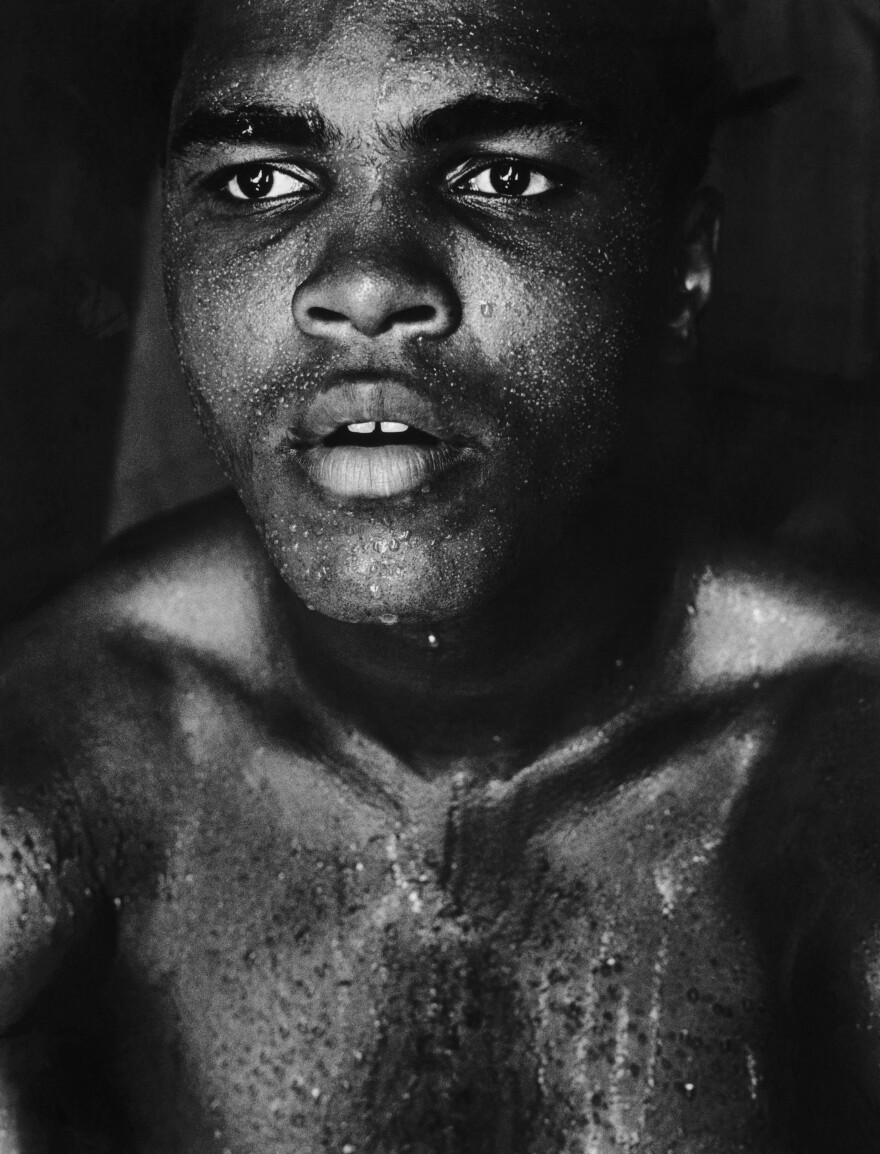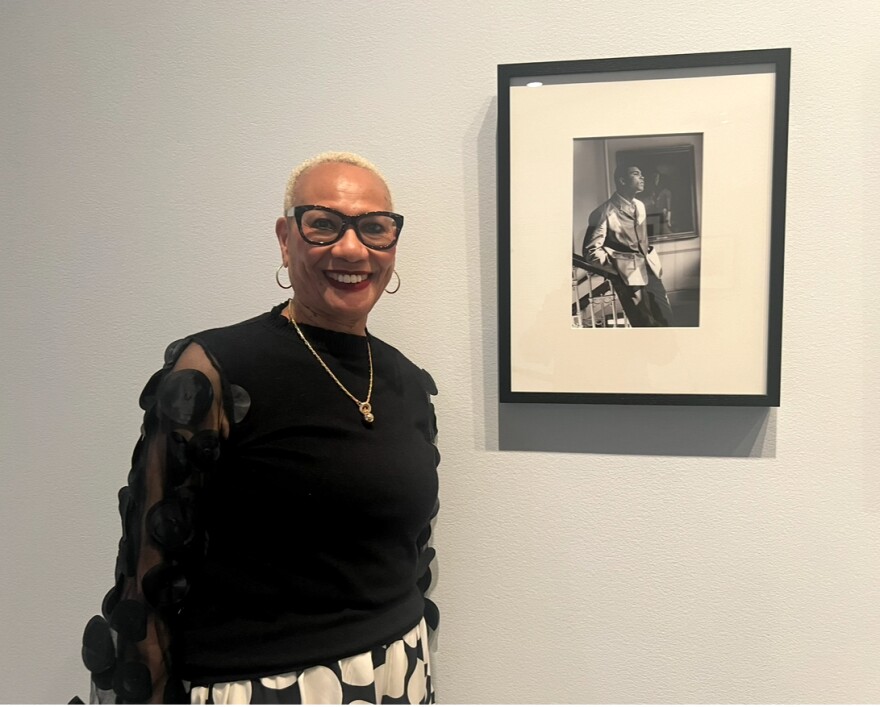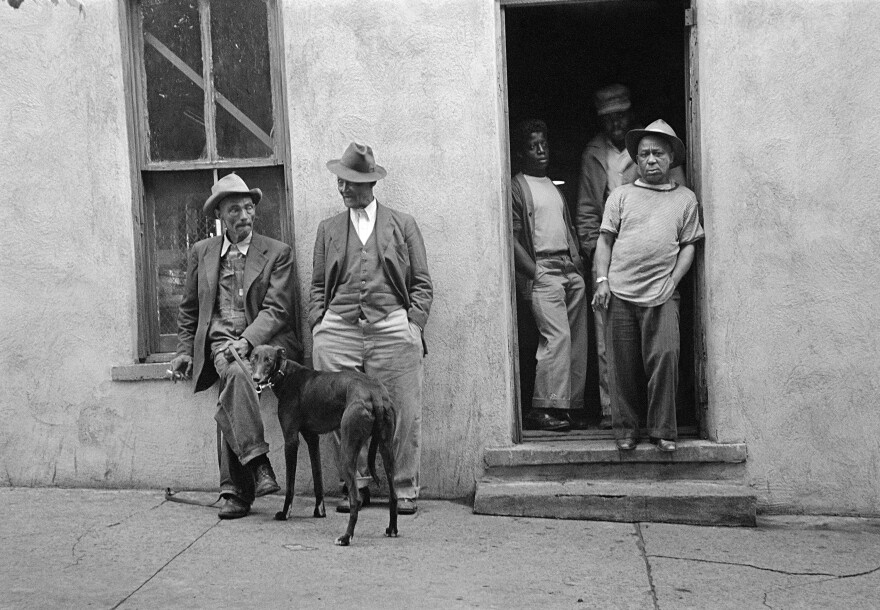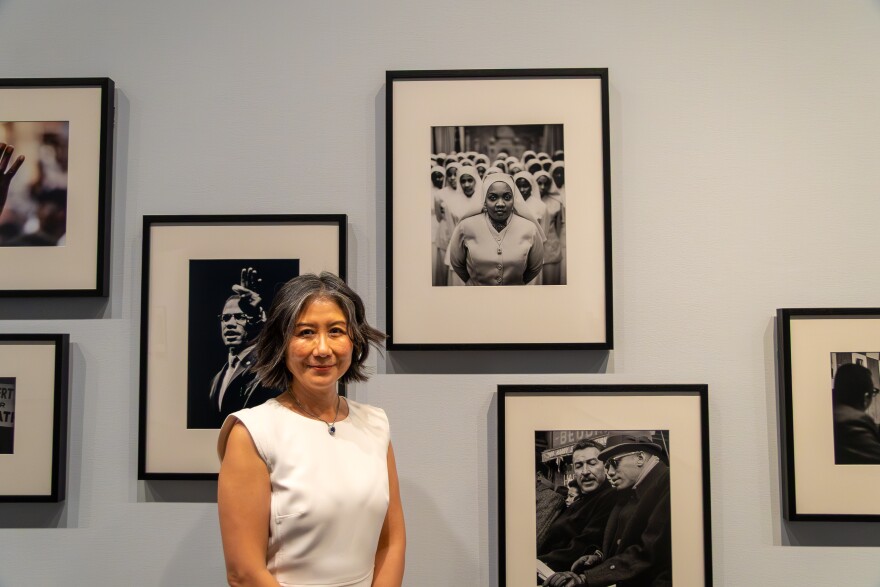Early works of native Kansan and photographer Gordon Parks are on display at the Wichita Art Museum. The exhibition “Homeward to the Prairie I Come” features Parks’ documentary work for Life magazine along with photos highlighting Black culture from the 1950s onward.
“Homeward to the Prairie I Come” shows the journey of Gordon Parks, including his return to the heartland. Curator Aileen June Wang from the Beach Museum of Art in Manhattan, Kansas, created the exhibition using photographs Gordon Parks donated to K-State in 1973. Wang said she was surprised by Parks’ complete vision of himself.
“[An] 'aha’ moment is just how conscious he was about putting together this body of work and how they all played together and harmonized like a piece of music to create the self-portrait of Gordon Parks.”
Parks’ last assignment for Life magazine was in 1970. Wang said he wanted to be more than a documentary photographer.
“And I think that this gift was his chance to make that statement, you know, to kind of tell the public, tell his fellow Kansans, what kind of artist he is, and what he wants to be and what he wants to be remembered by.”

The photos have been divided into five themes, with the largest photographs surrounded by smaller works and poetry that Parks published in other journals. Together, Wang said, they attempt to recreate what Gordon Parks wanted to convey, which includes a close-up portrait of boxing champ Muhammad Ali.
“You just see his face and his collarbone and part of his shoulders, and he's covered in sweat because this is after his fight in London in 1966 against the British boxer Henry Cooper. He won that fight.”
Wang calls the photo “brilliant,” illustrating black beauty and a hero.
“A beautiful African American [male] athlete with this black skin that is just luminous and gorgeous. You know, technically, that was a feat, right? To be able to photograph and make that skin look luminous. That was something. In lot of these photographs, Gordon Parks is trying to effect culture change, change how we view things.”
Wang compares the way Parks cropped the portrait to a sculpture of an ancient Roman emperor.
“ I think that's intentional. He wants to have us relate [to] this portrait of Muhammad Ali to those great portraits in ancient Rome, and also making the connection. That beauty is a nobility of spirit, which was set by ancient Rome to be white and male in our time, in the 20th century, in Gordon Parks’ time, can also be somebody like Muhammad Ali.”

Ella Parks, the great niece of Gordon Parks, focuses on a smaller photo of Muhammad Ali nearby.
“It's Muhammad Ali dressed in his Sunday best, like, ‘Yes, I am the greatest,’ and he shows that in the in the photograph,” Ella Parks said. “I love all of the Muhammad Ali photographs, but this one just kind of stands out because I haven't seen this one as much as I've seen some of the other ones. But this one is unique to me.”
Curator Aileen June Wang said that one of her favorite works in this collection is a group picture.
“So, you see these men, you know, some of them [are] very dapper — sitting or standing outside a building — and it's actually the African American pool hall in Fort Scott.
“It's [a] community coming together. And one of the people in there who's really dressed fashionably is Gordon Parks’ uncle, Uncle Ed Parks, who was a greyhound breeder. And so, you've got this, majestic Greyhound also in the picture.”

Wang said the photo encapsulates the community supporting people like Gordon Parks when he was growing up in a segregated Kansas town.
“This is one way that African Americans in Fort Scott, you know, drew strength and persevered right in the face of racial discrimination: to be together, strength in community. And I think it's such a powerful image.”
“It’s one of the best photography exhibits I've ever seen,” said visitor Steve Bloom. “I mean, Gordon Parks is famous, but I haven't seen that many, except a few things … that [have been] reproduced frequently. And so, this is an education for me. I was not aware of his Kansas roots.”
“We know how important Gordon Parks is to people here in Wichita and how much of a legacy he has here and how beloved he is in this town,” said Wichita Art Museum’s Tera Hedrick.
Parks was a multidisciplinary artist, a photographer, composer, filmmaker, writer and a poet. The exhibition includes two of his short films related to the portraits — “Flavio” and “Diary of a Harlem Family.” There’s also a video featuring Wichitans talking about Parks and his legacy.
Aileen June Wang says Gordon Parks is one of the most influential and significant American artists of the 20th century.
“Hands down, no exaggeration. His works are so significant in terms of the culture change that they created, and they still are creating.”


